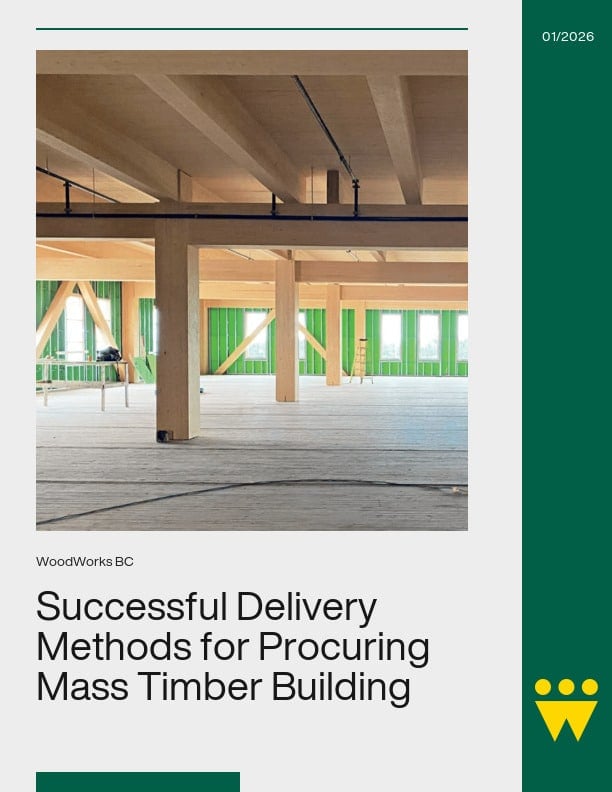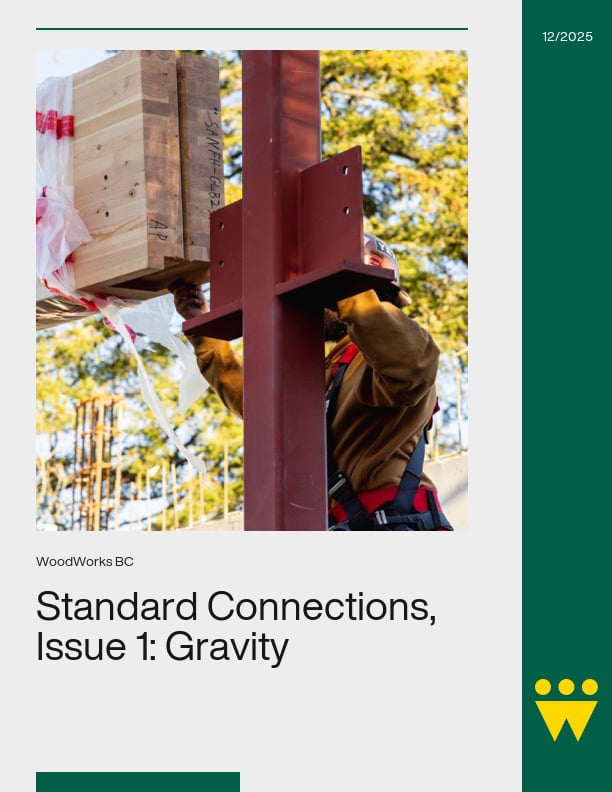Preservative-treated wood is typically pressure-treated, where the chemicals are driven a short distance into the wood using a special vessel that combines pressure and vacuum. Although deep penetration is highly desirable, the impermeable nature of dead wood cells makes it extremely difficult to achieve anything more than a thin shell of treated wood. Key results of the pressure-treating process are the amount of preservative impregnated into the wood (called retention), and the depth of penetration. These characteristics of treatment are specified in results-based standards. Greater preservative penetration can be achieved by incising – a process that punches small slits into the wood. This is often needed for large or difficult to treat material to meet results-based penetration standards.
Pressure treatment processes vary depending on the type of wood being treated and the preservative being used. In general, wood is first conditioned to remove excess water from the wood. It is then placed inside a pressure vessel and a vacuum is pulled to remove air from inside the wood cells. After this, the preservative is added and pressure applied to force the preservative into the wood. Finally, the pressure is released and a final vacuum applied to remove and reuse excess preservative. After treatment some preservative systems, such as CCA, require an additional fixation step to ensure that the preservative is fully reacted with the wood.
Information on the different types of preservatives used can be found under Durability by Treatment





